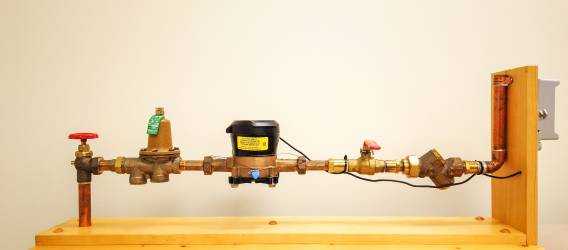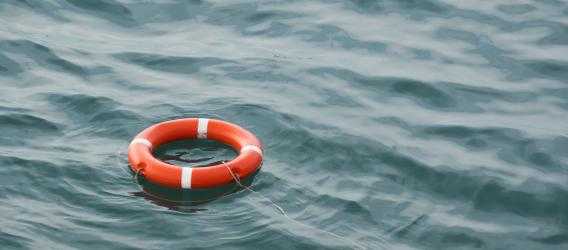Halifax Water bills (for water and wastewater service customers) change according to water usage so each household or business will differ based on individual usage (or consumption) patterns.
The water meter measures the amount of water used in a household or business which comprises the largest part of water and wastewater charges on your bill, so lower usage means a lower bill.
Reducing water usage is a best practice regardless of whether you are on a municipal water supply or an individual water supply. The figure below shows the average distribution of water use within the home.
You may want to use less water for one or more of these reasons:
- To be a good environmental steward
- To save money on your water bill
- To save money on power bills by using less energy to heat and/or pump water
- To keep a home sewage disposal system in good repair longer by not overloading it for those not on wastewater service
Almost two-thirds of the water we use on a daily basis is used in the bathroom. In almost all of these situations, when you use water, it's also being collected as wastewater.
Examples:
- When you flush a toilet. The toilet then refills with clean water for the next use.
- When you wash your hands, brush your teeth, shower, or bathe, clean water comes from the faucet/tap and the wastewater goes down the drain.
Top ways to reduce water use/wastewater discharge in the bathroom:
- If it's yellow, let it mellow. Depending on the efficiency of your toilet, each flush uses between 6 to 26 litres of water.
- Shorten your showers. Cut back on the frequency and length of showers.
- Turn off the tap when you don't need it. Turn the tap off when you are brushing your teeth, shaving, washing your face, etc. To see how much water this saves, plug the drain and see just how much water collects in the sink.
- Install a dual flush toilet. Using less water for liquid waste will save water.
- Install low flow shower heads/faucets.
In many situations, when you use water, it's also being collected as wastewater - flushing the toilet and washing your hands for example. The clean treated water comes into the toilet and through your sink faucet, and it is then flushed or goes down the drain.
Reducing water consumption and saving water has never been easier. Any number of the tips below can get you started on saving water inside and outside your home:
Inside Your Home
- Install low flow appliances.
- Regularly check for and repair any leaks.
- Wash only full loads of laundry and dishes.
- Don't use more dishes than you need - more dishes means more water.
- Reuse cooking water from pasta or vegetables. Let it cool down and use it to water plants rather than pouring it down the drain.
- Save leftover ice. Let the ice melt and use to to water plants in your home or outside.
Outside Your Home
- Catch rainwater in barrels for use later in your garden.
- Water plants early in the morning to prevent evaporation.
- Using mulch as a ground cover in flower beds.
- Planting native vegetation that require little watering.
- Sweeping driveways and walkways, never use water to clean driveways/walkways.
- Keeping swimming pools covered when not in use.
- Turning off your hose when washing your car. Turn the hose on to rinse only.
- Allowing your lawn to go dormant (brown) during drought periods. It will recover after a good rainfall.
- Adjusting any automatic watering systems to be active early in the morning or late in the evening and to water vegetation only. Try to prevent spraying water on driveways and/or walkways.



